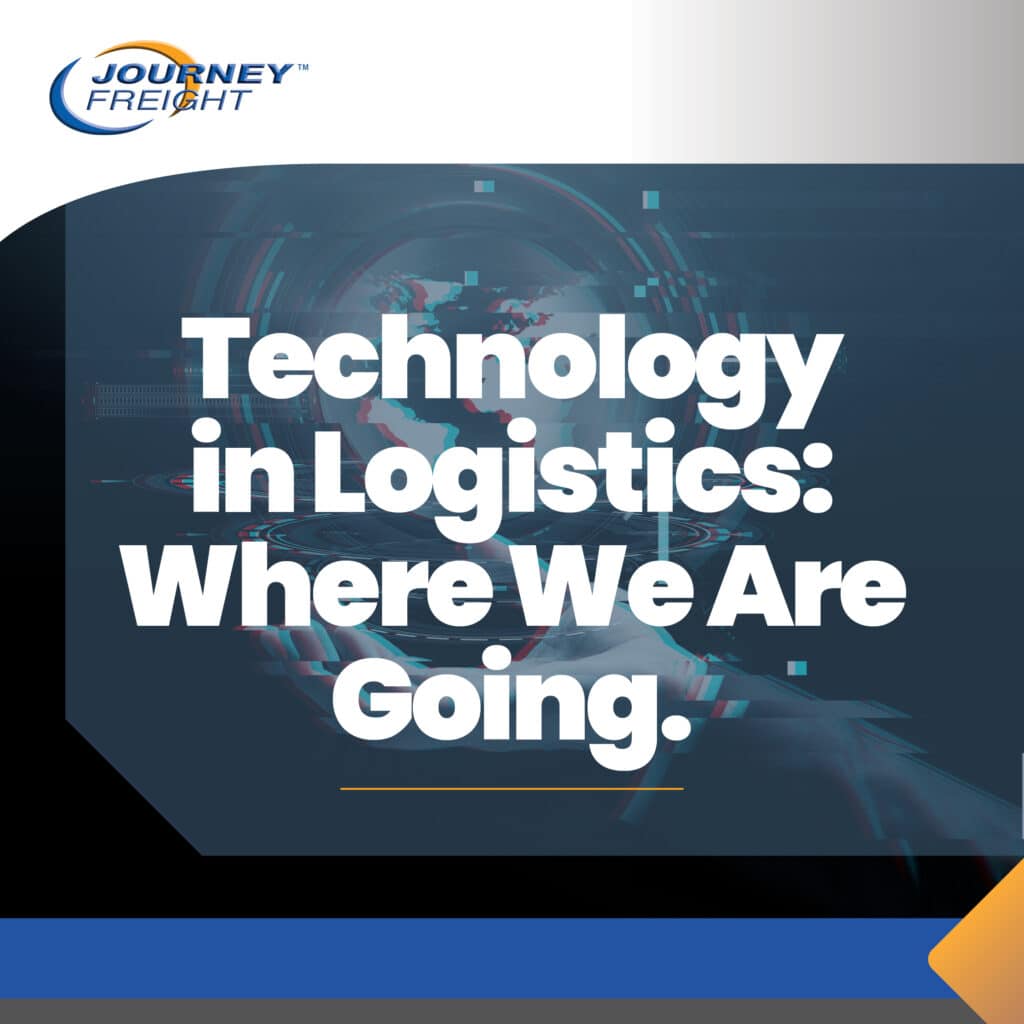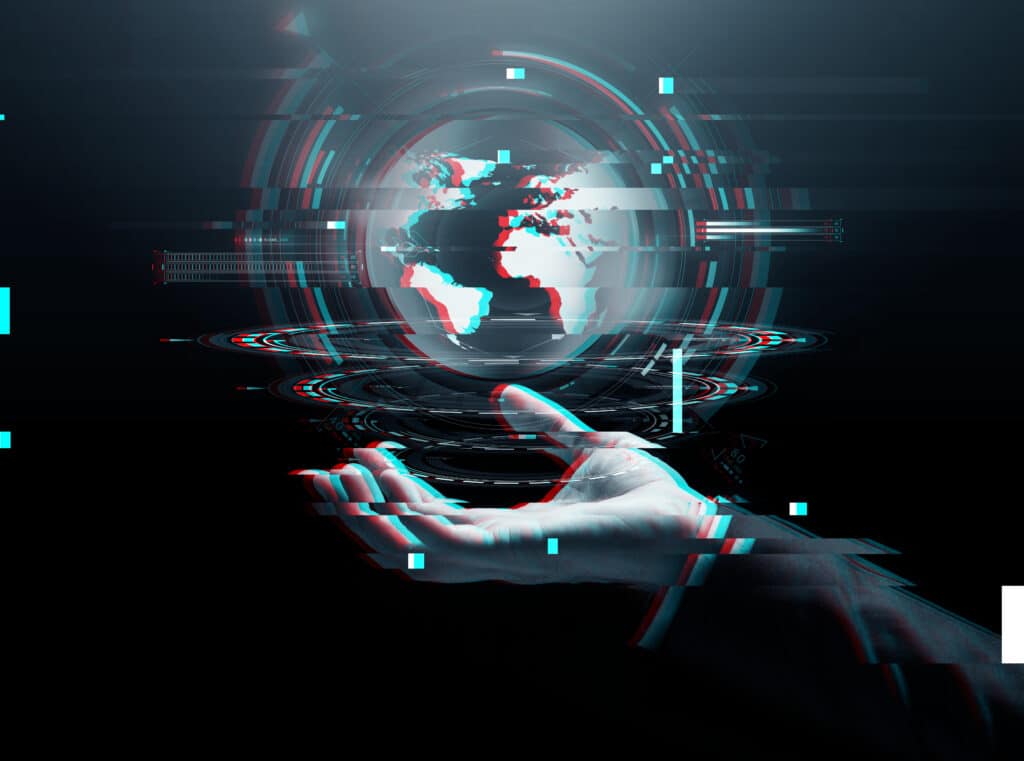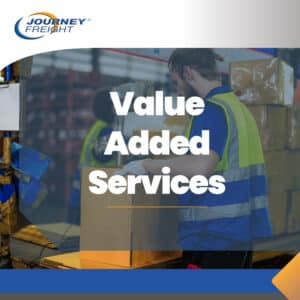
Logistics has always been about trucks, ships, planes, and warehouses. But today, the flow of information is just as important as the movement of freight. Technology is changing how shipments are planned, tracked, and delivered, and the pace of change is only accelerating. Customers who once relied on paper documents and phone calls now expect real-time updates and predictive insights.
The question is no longer IF technology will reshape logistics, but HOW. We are seeing these advancements and we know you do to.
Technologies Defining Logistics Today
Visibility as the New Standard
Not long ago, customers had to wait for check-in calls or carrier updates to know where their freight was. Now, real-time tracking platforms provide end-to-end visibility across multiple modes and carriers. This shift has changed expectations: customers want precise ETAs, proactive alerts, and transparency when disruptions happen.
Automation Reducing Manual Work
Quoting, booking, and documentation used to be time-consuming processes. Automated systems and digital freight platforms now handle much of this work in the background, reducing errors and speeding up response times. For customers, that means fewer delays caused by paperwork bottlenecks and a smoother flow from pickup to delivery.
Data-Driven Planning
Instead of relying on experience alone, logistics teams now use analytics to forecast demand, balance costs, and allocate resources. This data-driven approach helps customers make informed choices about routes, modes, and carriers. It also gives them leverage in negotiations and improves overall supply chain performance.
Emerging Tools Reshaping the Industry
Artificial Intelligence and Machine Learning
AI isn’t science fiction in logistics—it’s already being applied to predict disruptions, optimize routes, and detect risks before they escalate. For example, AI can analyze traffic, weather, and historical performance to forecast potential delays and suggest alternatives.
Smart Sensors and the connection of everything
Temperature, humidity, and shock sensors are becoming common in industries where cargo integrity is critical. Pharmaceuticals, food and beverage, and high-tech components all benefit from IoT devices that provide live updates on freight conditions, protecting product quality and regulatory compliance.
At Journey, we know your reputation hinges on precision and transparency. That’s why we’ve integrated the Tive Solo 5G — a non-lithium, single-use, multi-sensor tracker — into our visibility toolkit. From the moment your goods leave your dock until final delivery, you gain real-time insight into:
- Location via GPS, WiFi and cellular triangulation
- Climate conditions via temperature and humidity measurement
- Shipment integrity via ambient light monitoring and shock sensors
With this level of detail at the item, box, pallet, container, or conveyance level, you can act confidently. You can respond to anomalies early, and deliver on your commitments.
Digital Documents and Blockchain
The shift away from paper bills of lading and customs forms is well underway. Electronic documents speed up handoffs, reduce errors, and improve security. Some companies are testing blockchain technology to add traceability and reduce fraud across global trade networks.

The Future of Logistics Technology
Autonomous Transport
Driver-assist trucks extending daily range for drivers, automated forklifts directing the operator to the next location in the warehouse, and even drone deliveries are moving from pilot programs into real-world use. While these innovations won’t replace human operators overnight, they promise to make transport faster, safer, and more cost-efficient in the long term.
Sustainability and Green Tech
Regulatory pressure and customer demand are pushing logistics providers to adopt sustainable practices. Route optimization software, carbon-tracking platforms, and alternative-fuel vehicles are becoming essential tools for companies that want to reduce their environmental footprint.
Seamless System Integration
One of the biggest challenges in logistics is connecting the many systems that touch a shipment—carrier platforms, customs systems, warehouse software, and customer portals. The future lies in integration: platforms that connect these pieces into a single, continuous flow of information, giving customers one source of truth.
People Still Matter
Even as technology advances, logistics is still a people-driven business. Algorithms can process data, but they can’t build relationships or provide assurance during a disruption. Customers still value a trusted partner who can interpret data, make judgment decisions, and communicate clearly when something unexpected happens. The future belongs to companies that blend advanced technology with human expertise.
The Technology Journey
Technology is changing logistics in profound ways, creating opportunities for more visibility, better planning, and stronger customer experiences. But the future isn’t about replacing humans with machines—it’s about empowering customers with tools that make supply chains more reliable and less risky. At Journey, we see technology as part of the promise we help our customers keep: freight delivered on time, intact, and with clarity every step of the way.



